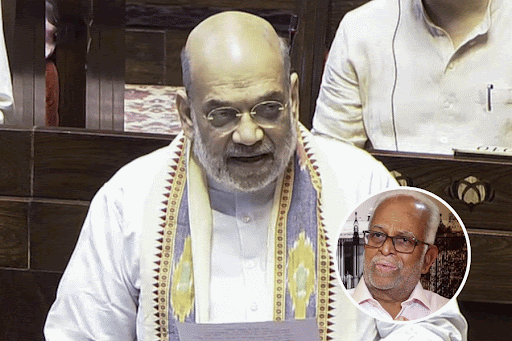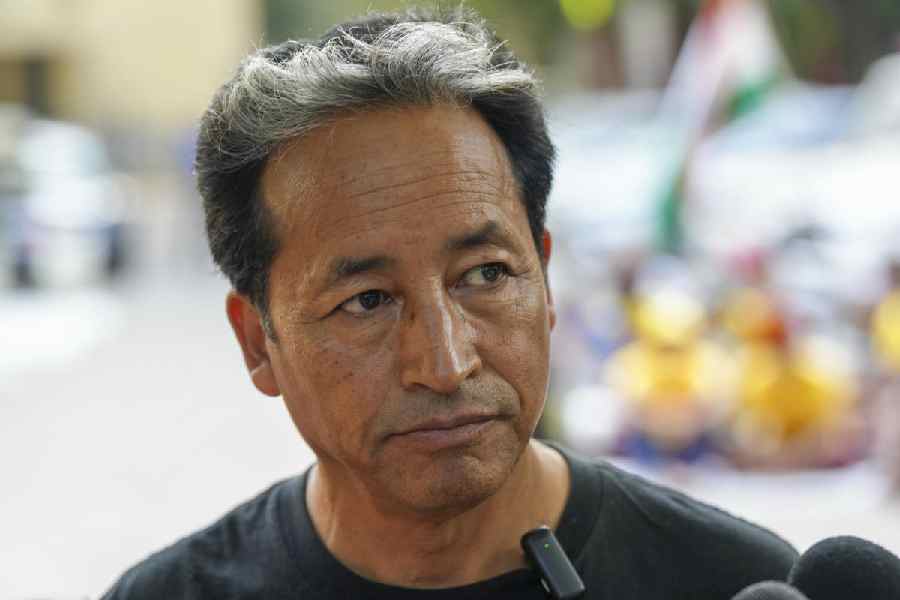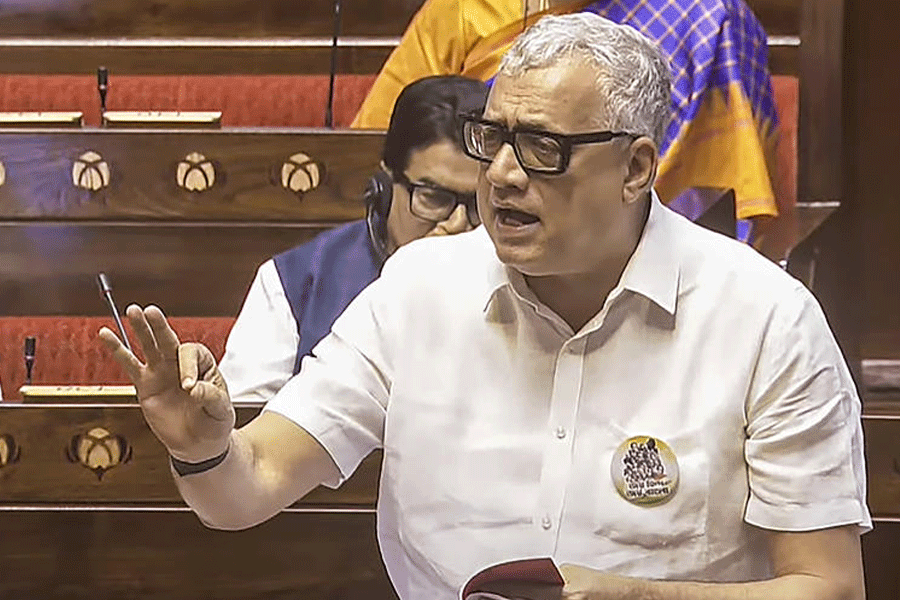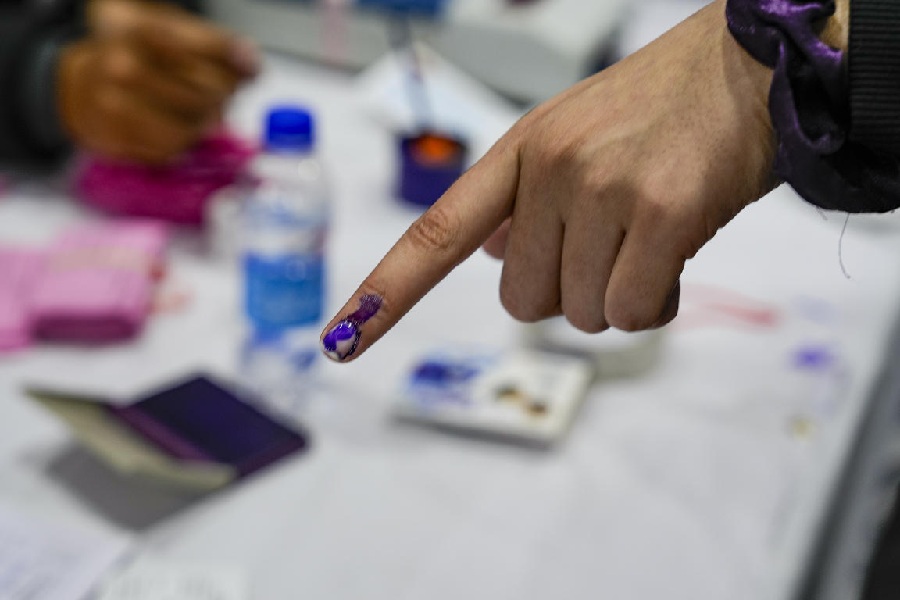For five days, the Jamini Roy gallery at ICCR was witness to an exercise in liberation, an unleashing of passion. An airhostess, a primary school teacher, professional dancers and more came together bound by a common love - dance.
The Kalamandalam Centre for Performing Arts, Calcutta, with the help of Jita Roy Chowdhury and Sunita Chowdhurie, hosted a workshop with Bharatanatyam danseuse Leela Samson. Draped in a yellow-ochre south cotton sari, Samson taught anghika, all the time singing the vachika herself. She did not spend a single minute detached from her young students but interacted and performed with them.
"I am always happy to teach young people. And here everyone is so eager to learn," said Samson, whose dance has over the years metamorphosed into a unique personal expression, at once serene, philosophical and joyful.
"Like revising lessons you need to upgrade your preferred area of dance every five years. It's a rapidly evolving world and that goes for all art forms. Being classical doesn't stop a dance form from evolving. This evolution is evident abroad, where Indian classical dancers have taken the dance to a new level," she said.
For Pankoj Singha Roy, teacher at a government primary school and a dancer since age eight, the workshop was an eye-opener. "Dancing is all about communicating with your audience. It is through the actions involved that a dancer plays different roles. This workshop has taught me how to create those little differences," he said.
Ankita Chakraborty, 22, an airhostess by profession and a dancer by passion, picked up nuances of abhinaya. "The workshop has helped me learn how to personalise the art of abhinaya in a tillana," she said.
Samson's parting advice for the 60-odd dancers who were part of the workshop: "From time to time, you need to go to the source. You need to go to Chennai and see the people there on a regular basis for that is where the evolution happens."
Noir films
The director started off by introducing the audience to film noir, a cinematic term used primarily to describe stylish Hollywood crime dramas of the 1930s and 1940s, with the help of posters of films such as The Maltese Falcon, The Big Sleep, Chiriyakhana, Dhund and Chinatown.On the panel with Vishwanathan were producer, poet and psychologist Sudeep Ranjan Sarkar and actor Debdut Ghosh. Swapan Mullick, film critic, was the moderator.Talking about the use of the genre in Indian films, Debdut held up 1+1=3 as an example. Vishwanathan spoke about the three layers in his film - psychological, philosophical and political. "This film is a commentary on contemporary life, but told from the perspective of a person who is suffering from ideological confusion, as is the prevailing dilemma of the times," Vishwanathan said.
Art therapy
Simple movements of the body have a therapeutic effect on human beings, believes Mitul Sengupta, founder of Rhythmosaic dance therapy. Mitul recently conducted the National Creative Arts Therapy Week through seminars, awareness camp and involvement of general people.
In collaboration with Ranan, she also conducted an awareness programme and workshop at Ahuja Museum of Arts. Moderated by Oindrilla Dutt, the session had Vikram Iyengar and Debashree Bhattacharya of Ranan narrating their experience working with students of a school in the Sunderbans. "We staged Amader Muktadhara, a play that we designed on the basis of the students' reactions and responses to Tagore's Muktadhara. What was important for us was that we were able to communicate the joy of imagination and creativity, that's the magic of arts," Iyengar said.
At one of the workshops at Addlife Caring Minds, danseuse Alokanonda Roy shared how she used dance therapy to change the lives of many.

Contributed by Trina Chaudhuri, Abhinanda Datta, Samabrita Sen and Shweta Keshri










